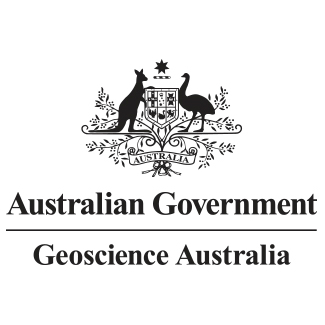Brief description
Geoscience Australia undertook a marine survey of the Leveque Shelf (survey number SOL5754/GA0340), a sub-basin of the Browse Basin, in May 2013. This survey provides seabed and shallow geological information to support an assessment of the CO2 storage potential of the Browse sedimentary basin. The basin, located on the Northwest Shelf, Western Australia, was previously identified by the Carbon Storage Taskforce (2009) as potentially suitable for CO2 storage. The survey was undertaken under the Australian Government's National CO2 Infrastructure Plan (NCIP) to help identify sites suitable for the long term storage of CO2 within reasonable distances of major sources of CO2 emissions. The principal aim of the Leveque Shelf marine survey was to look for evidence of any past or current gas or fluid seepage at the seabed, and to determine whether these features are related to structures (e.g. faults) in the Leveque Shelf area that may extend to the seabed. The survey also mapped seabed habitats and biota to provide information on communities and biophysical features that may be associated with seepage. This research, combined with deeper geological studies undertaken concurrently, addresses key questions on the potential for containment of CO2 in the basin's proposed CO2 storage unit, i.e. the basal sedimentary section (Late Jurassic and Early Cretaceous), and the regional integrity of the Jamieson Formation (the seal unit overlying the main reservoir). This dataset comprises total chlorin concentrations and chlorin indices from the upper 2cm of seabed sediments.Lineage
Maintenance and Update Frequency: asNeededIssued: 2014
text: westlimit=121.1; southlimit=-16.1; eastlimit=121.75; northlimit=-15.45
User Contributed Tags
Login to tag this record with meaningful keywords to make it easier to discover
Link to Data package - Seabed environments and shallow geology of the Leveque Shelf
uri :
https://pid.geoscience.gov.au/dataset/ga/83727![]()
Download the spreadsheet (xlsx)
uri :
https://d28rz98at9flks.cloudfront.net/78820/78820_Browse_Inorganic_Elements.xlsx![]()
- DOI : 10.4225/25/54B86322B4726

- URI : pid.geoscience.gov.au/dataset/ga/78820

- global : eff863a6-8b50-19b4-e044-00144fdd4fa6


